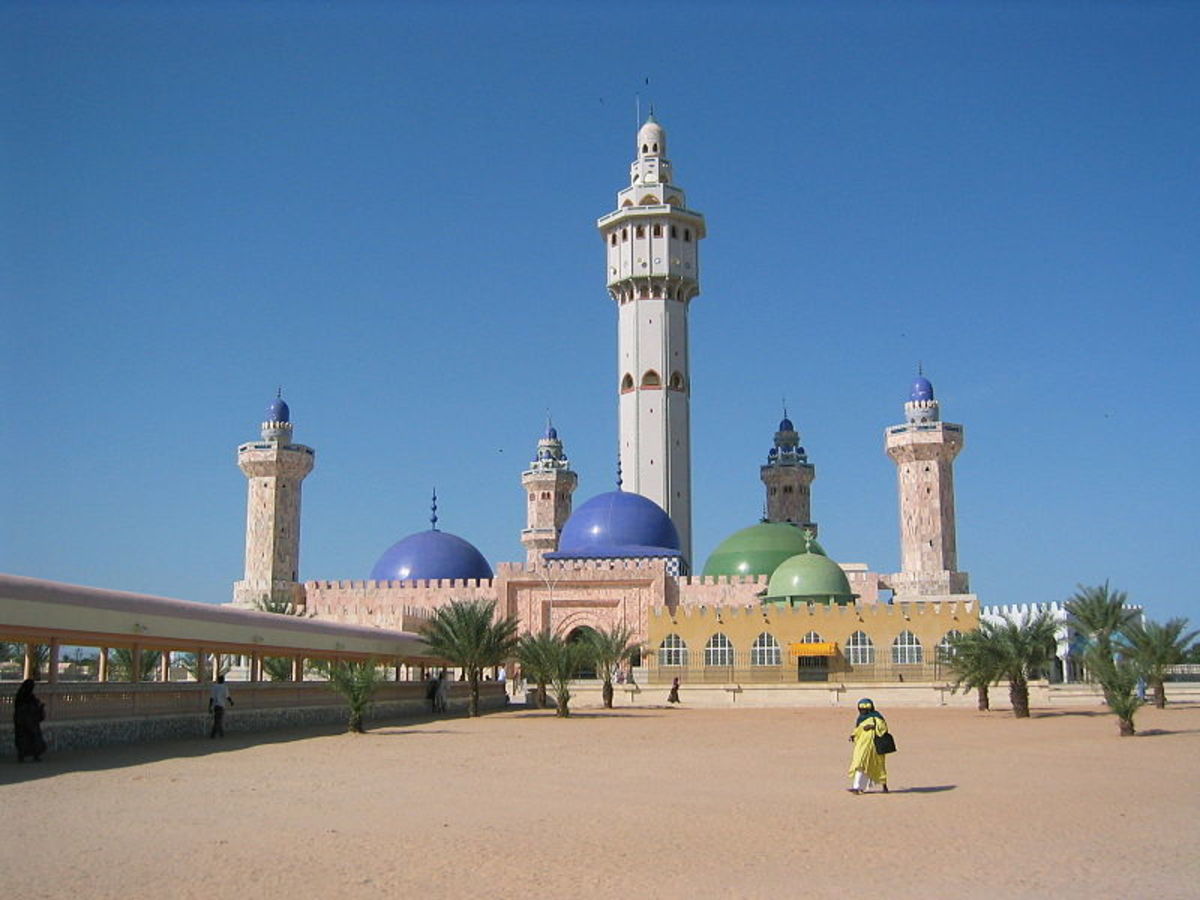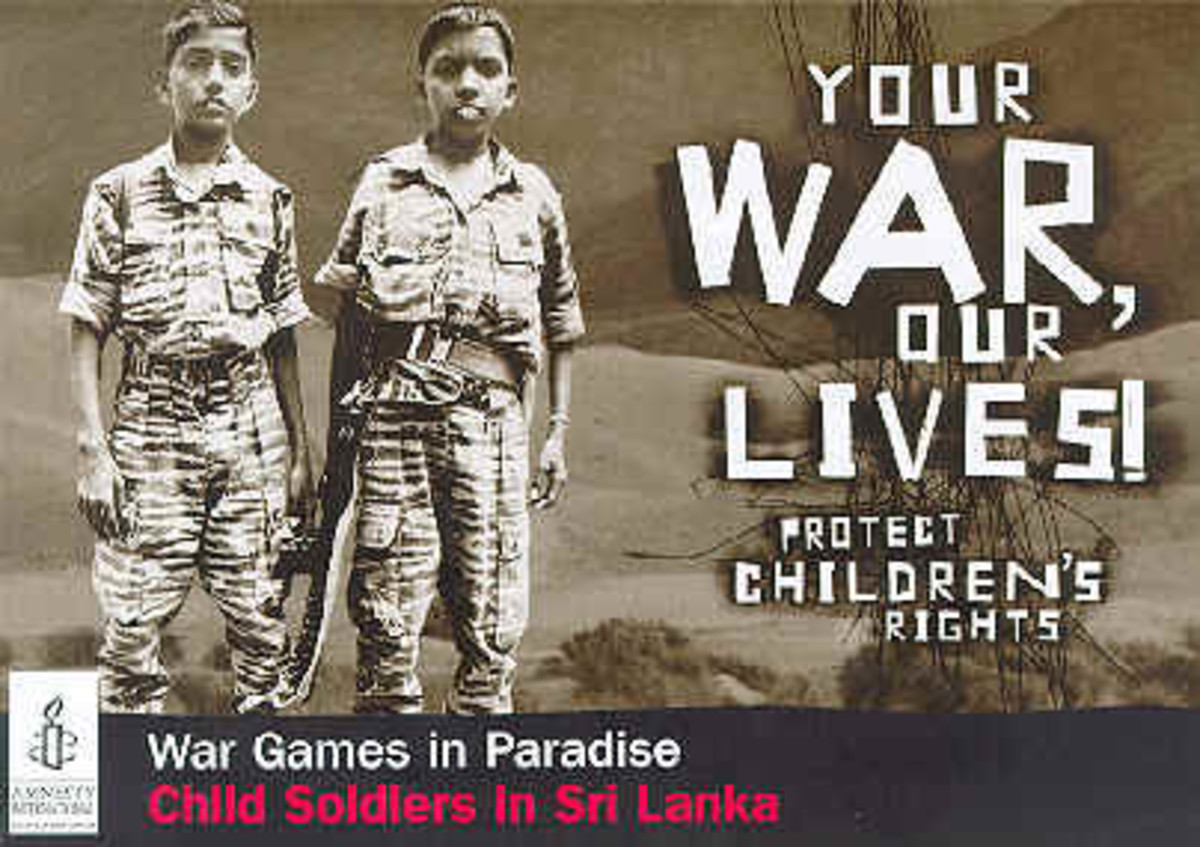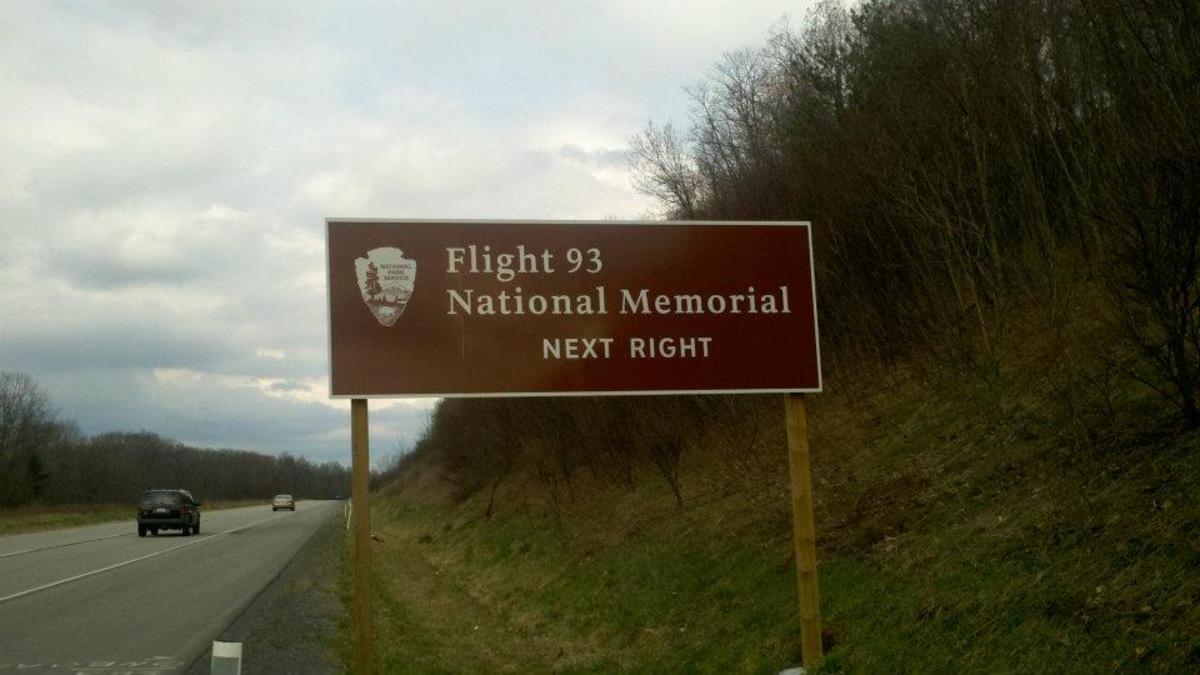The Roots of Al Qaeda: Review of Brotherhood of Terror by Paul WIlliams
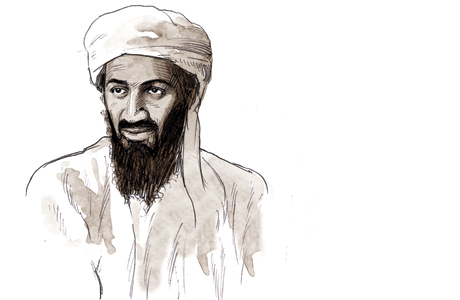
Williams, Paul L. Al Qaeda: Brotherhood of Terror. Alpha Publishing, 2002.
Paul Williams' book Al Qaeda: Brotherhood of Terror is an interesting look into the origins of the world's best known and infamous terrorist network. Williams uses many of his own experiences with Al Qaeda as the source of his book but also includes many different secondary resources, including sources from the United States government and the Middle East. Williams' breaks his work out into two different sections; the origins of hatred in the Middle East as a whole and the Al Qaeda terrorist network.
Williams offers at the outset of his work an interesting introduction. Instead of telling the reader what the work is going to talk about or why he is writing a book about Al Qaeda, Williams describes the events that first led him to know Al Qaeda. Williams also describes distinctions between Al Qaeda and other terrorist groups in the world.
Williams next gives a chronology of events that involve Al Qaeda from the birth year of the organization. This is a very good tool offered by the author. To put into a list the number of actions the group has taken in a very short time is an excellent way to introduce the reader to this organization. For myself, after reading the list of Al Qaeda "accomplishments", I wondered why more was not reported on this organization before the September 11 attacks. The first impression I obtained from this list is that this is not a small group of unorganized people, but a well-orchestrated group who know what they are doing. It is a shame that this type of information was not made available before September 11. Williams ends the first part of his book by describing the events that led him to meeting Al Qaeda and describing in some detail what life is like for an American in Afghanistan.
After the introduction and chronology, Williams delves deeply into his work. Williams begins by introducing the reader to many of the main known figures of Al Qaeda. What this section also does is describe the organizational structure of Al Qaeda. Williams introduced this section by telling the story of Jamal Ahmed al-Fadl who is an Al Qaeda member and a key witness in the trial of four Al Qaeda members for the August 1998 suicide bombings of United States Embassies in Africa. Williams then describes the organizational structure of Al Qaeda and offers little biographies of each of the founding and leading known members of the organization. Williams then details how the organization conducts training of its members and what a person has to go through to become a member. I found this section by Williams very interesting and informative. I have seen the newsreel tape of the training camps but have never learned about what I was actually seeing.

Williams next discusses the history of Islam in no detail whatsoever. To me, this section is the weakest part of Williams' work. It is amazing to me how little the public knows of Islamic History. Williams discusses the prophet Mohammed and Mecca and the move to Medina. However, Williams next tries to describe the succession process as it developed in the seventh century. Nowhere in his discussion did Williams discuss consensus, helpers, or companions. This seems to be a major oversight and omission by Williams. Williams does discuss the rise of Islam but again does not delve into the actual inner workings of Islam. Williams also does not mention dualism or polygamy in his discussion of the history of Islam or early Islamic society.
Williams does offer a general definition and distinction between Sunni and Shi^a Islam. Williams describes how the two differ on who should succeed as ruler of a given state, but offers no discussion on how the two differ on the topic of objectiveness. Williams also discusses a third Muslim sect knows as Sufi Islam. Williams finishes this section by detailing the struggles between the different factions of Islam in its early period but only gives a general description. For example, in explaining the Mongol takeover Williams states, "Eventually, the Mongols converted to Islam and settled in Muslim lands. Later Mongol rulers restored mosques, reopened schools, and adopted Muslim culture.
Williams next discusses the "Christian" and "Jewish" invasions in the context as these terms are used by Al Qaeda leader Osama Bin Laden. Here Williams discusses the history involved with how the Christians and Jewish peoples ended up in the Muslim Holy land. This section of his book discusses in general terms the Christian Crusades and the Jewish Zionist movement that eventually gave rise to the establishment of the Israeli State. In this section William's also begins the discussion on the rise of Terrorism after the 1967 War between Israel and Egypt. Williams' next transitions to the "Formula for Terror."
This section outlines the rise of "Wahhabism" and its place in the world of Islam today. Williams traces Wahhabism to the rise of Fundamentalism in Egypt ending with the formation of Al Qaeda in 1988. Describing the role of the Office of Services in recruiting men for the Jihad movement, Williams states, "The men who had been recruited by the Office of Services for the jihad returned to their countries, trained in establishing terrorist cells that could turn to "the Base" for a steady supply of money, weapons, manpower, and terrorist training."
What Effect Has Terrorism Had On Our Nation?

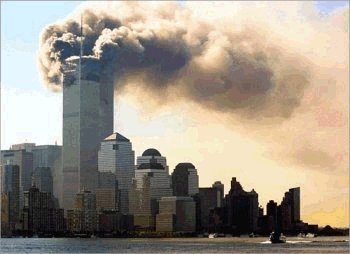
Williams devotes the rest of his work to Osama Bin Laden and the terrorist network he leads. Williams devotes an entire chapter to Bin Laden. William's describes Bin Laden's childhood in Saudi Arabia and his early career. He then delves into Bin Laden's actions as the leader of Al Qaeda in Sudan and Afghanistan. He next gives biographical information on Mohammed Atta, the suspected leader of the September 11 attacks. What Williams does here is introduce the reader to different figures of Al Qaeda throughout the world to give insight on how far reaching the terrorist network is. He gives examples of Al Qaeda members in the United States, Africa, and Asia. Williams even gives information on a suspected Al Qaeda member in custody in Syria who was a student at California State University, Sacramento.
Williams next describes Jihad in the context of Osama Bin Laden's version of it. Moreover, Williams dedicates the next section of his book to describing the mindset of a terrorist. Williams gives details about Ramzi Yousef, an organizer of the World Trade Center bombing in 1993 and now in custody. Williams cites to an interrogation of Yousef by Philippi no authorities in 1995 to show the mindset of a terrorist. Williams gives the reader the entire interrogation transcript to sift through to show how matter of fact these dangerous but not crazy men are. Williams next details letters found by FBI authorities believed to be written by Mohammed Atta and some other September 11 terrorists. Williams next gives the opinions of many psychologists about what causes these men to commit the acts they do. At this point, I am going to interject my own opinion on why people commit these terrorist acts.
Williams ends his work by describing how the terrorist network is intertwined with cash and drugs. Using mostly information about the poppy used to make heroin and its importance in Afghanistan, Williams describes how this drug money funded Al Qaeda and its importation of weapons and power. Lastly, Williams describes the difficulty of ending the terrorist network because of the many fronts the war against would have to be fought on.
In all I enjoyed reading Williams' work. His insight on the subject was thoughtful and complete on the current events of Al Qaeda from the standpoint of 2002. I did however find many problems with Williams' work when he tried to describe the history and foundations of the movement. To describe these events in such a general way is difficult because there is so much to the history of Islam and the Fundamentalist movement. For the novice however, this book is more informative that the media news and certainly gives the terrorist a new and even scarier face.
Related Hubs
- Detained In North Korea: Reporters Laura Ling and Euna Lee
North Korea admitted that it has seized two American Journalists, Laura Ling and Eunu Lee for "illegally intruding" on North Korea's soil. North Korean soldiers abdubted the reporters on the Chinese and...






